Babinski sign plantar reflex
Babinski Sign (Plantar Reflex) — also called the Extensor Plantar Response — is an important neurological sign used to assess the integrity of the corticospinal (pyramidal) tract.
🔹 Normal (Negative Babinski) Response
Stimulation: Stroking the lateral aspect of the sole of the foot from the heel to the ball, curving medially across the ball.
Response: Plantar flexion (downward movement) of all toes.
Indicates: Normal corticospinal tract function.
🔹 Abnormal (Positive Babinski Sign)
Response: Dorsiflexion (extension) of the big toe and fanning of the other toes.
Indicates: Upper Motor Neuron (UMN) lesion involving the corticospinal tract.
🔹 Physiological in Infants
Normally present up to 12–18 months of age, due to incomplete myelination of corticospinal pathways.
🔹 Causes of Positive Babinski Sign
Seen in Upper Motor Neuron lesions, such as:
Stroke
Multiple sclerosis
Spinal cord injury
Brain tumor
Amyotrophic lateral sclerosis (ALS)
Meningitis or encephalitis (in some cases)
🔹 Mnemonic for Positive Babinski
👉 “Babies Babinski” — babies normally show it, adults shouldn’t.
If present in adults → Bad sign (indicates UMN lesion).
🔹 Other Related Reflexes
Sometimes called pathological reflexes, also indicating pyramidal tract involvement:
Oppenheim’s sign: Stroking down the shin → extension of great toe.
Chaddock’s sign: Stroking around the lateral malleolus → extension of great toe.
Gordon’s sign: Squeezing calf muscles → extension of great toe.
Schaefer’s sign: Squeezing Achilles tendon → extension of great toe.
🔹 Summary Table
Feature Normal (Negative Babinski) Abnormal (Positive Babinski)
Great toe movement Downward (plantar flexion) Upward (dorsiflexion)
Other toes No movement / flexion Fanning out
Indicates Normal corticospinal tract UMN lesion
Normal in infants? No Yes (till ~18 months)
🔹 Normal (Negative Babinski) Response
Stimulation: Stroking the lateral aspect of the sole of the foot from the heel to the ball, curving medially across the ball.
Response: Plantar flexion (downward movement) of all toes.
Indicates: Normal corticospinal tract function.
🔹 Abnormal (Positive Babinski Sign)
Response: Dorsiflexion (extension) of the big toe and fanning of the other toes.
Indicates: Upper Motor Neuron (UMN) lesion involving the corticospinal tract.
🔹 Physiological in Infants
Normally present up to 12–18 months of age, due to incomplete myelination of corticospinal pathways.
🔹 Causes of Positive Babinski Sign
Seen in Upper Motor Neuron lesions, such as:
Stroke
Multiple sclerosis
Spinal cord injury
Brain tumor
Amyotrophic lateral sclerosis (ALS)
Meningitis or encephalitis (in some cases)
🔹 Mnemonic for Positive Babinski
👉 “Babies Babinski” — babies normally show it, adults shouldn’t.
If present in adults → Bad sign (indicates UMN lesion).
🔹 Other Related Reflexes
Sometimes called pathological reflexes, also indicating pyramidal tract involvement:
Oppenheim’s sign: Stroking down the shin → extension of great toe.
Chaddock’s sign: Stroking around the lateral malleolus → extension of great toe.
Gordon’s sign: Squeezing calf muscles → extension of great toe.
Schaefer’s sign: Squeezing Achilles tendon → extension of great toe.
🔹 Summary Table
Feature Normal (Negative Babinski) Abnormal (Positive Babinski)
Great toe movement Downward (plantar flexion) Upward (dorsiflexion)
Other toes No movement / flexion Fanning out
Indicates Normal corticospinal tract UMN lesion
Normal in infants? No Yes (till ~18 months)

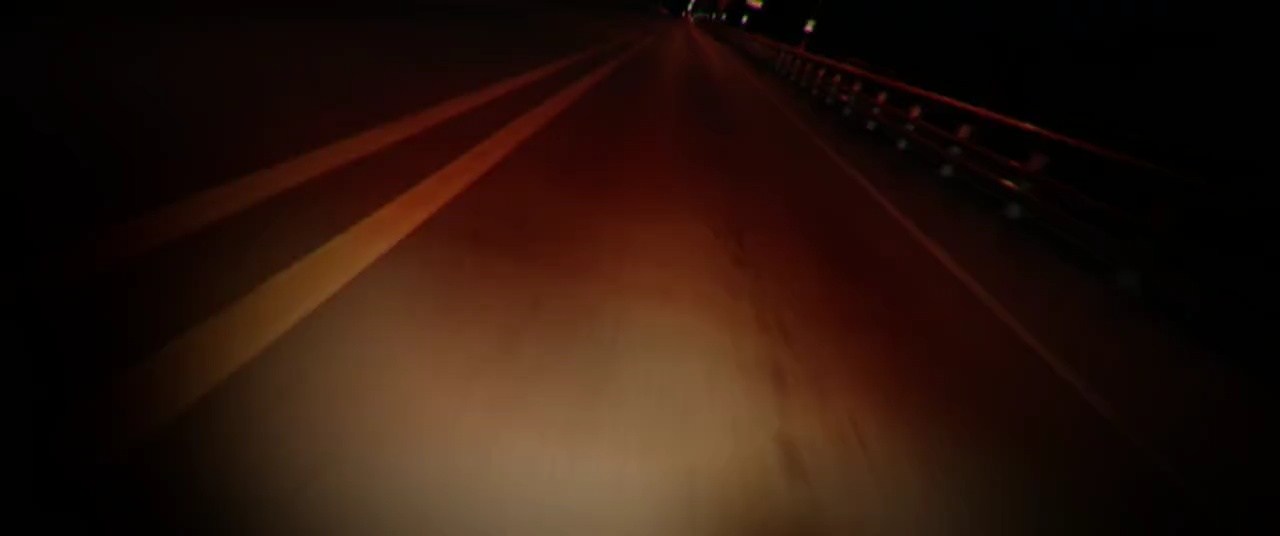













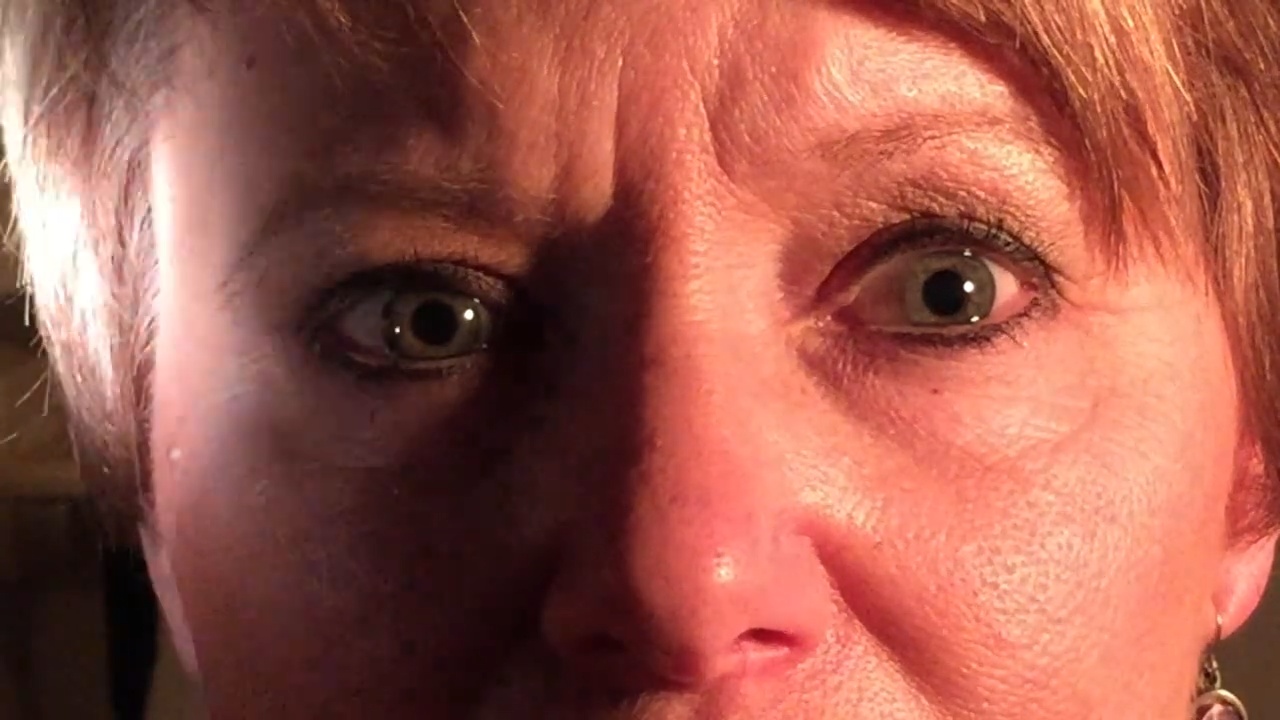
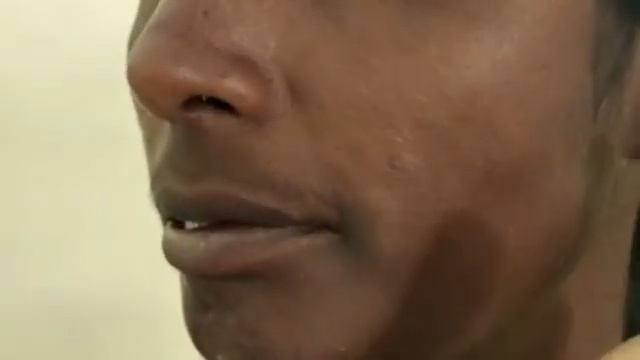


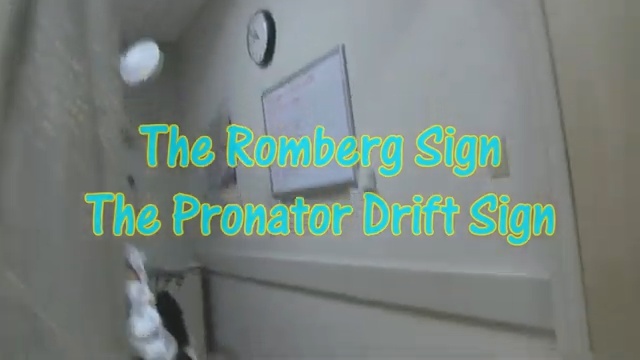
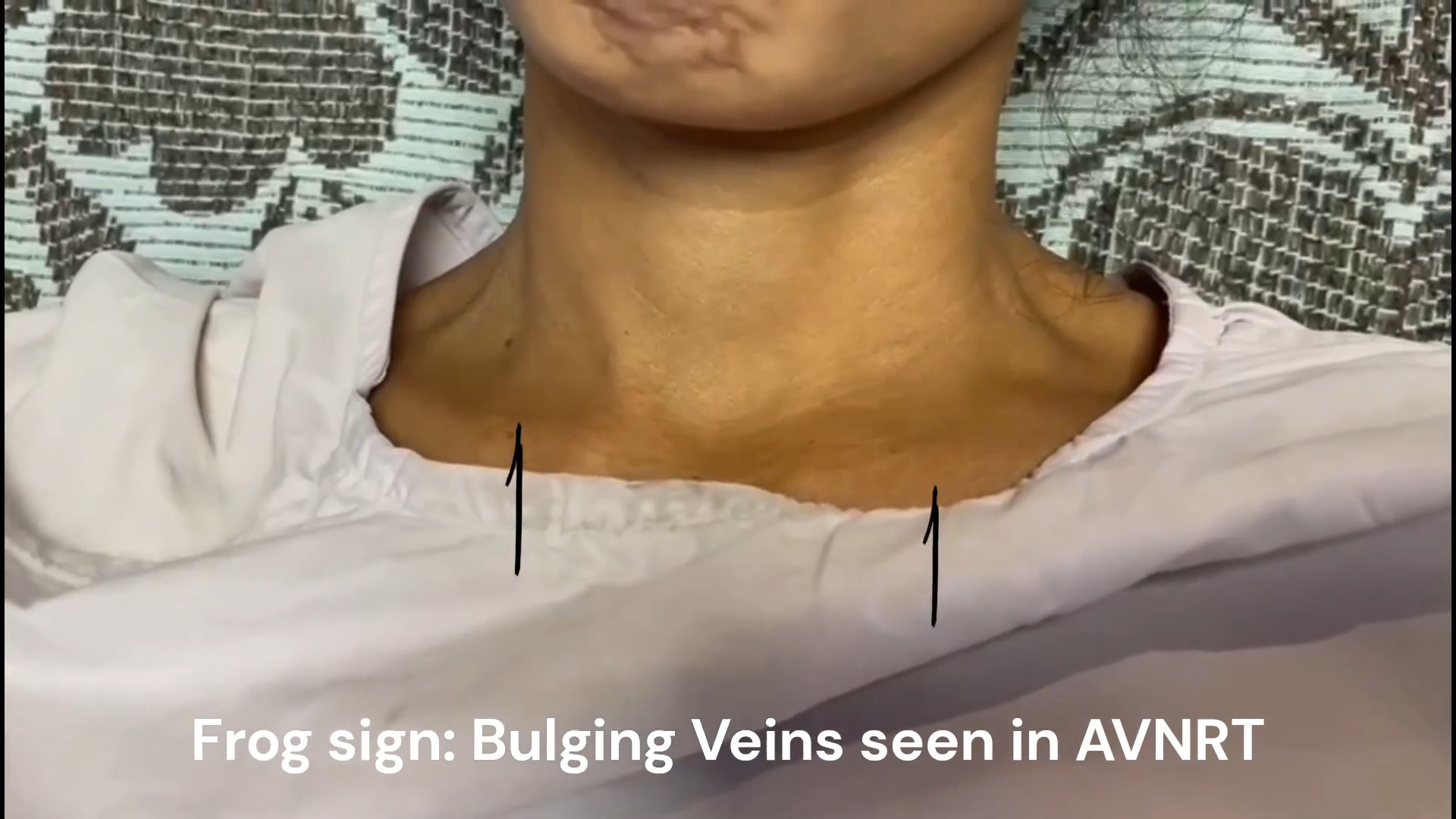
Medical Student
This was incredibly helpful for my upcoming exam. Thank you!
Nursing Professional
Great explanation of the ECG changes in hyperkalemia!